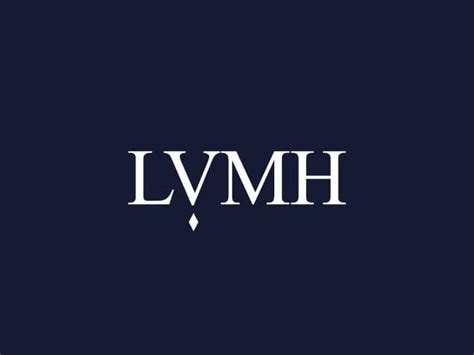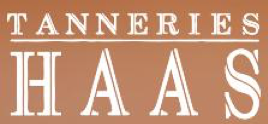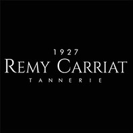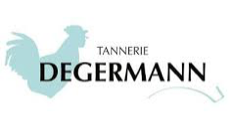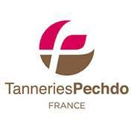Summary
The global leather market, valued at $460 billion, is growing at an expected compound annual growth rate (CAGR) of 5.4% between 2019 and 2025, potentially reaching $620 billion by 2025. Despite a dwindling number of tanneries and megisseries in France, sales in the French leather sector amounted to 3.8 billion euros, maintaining its position as the world's 3rd largest exporter of raw hides, leather and leather goods. Italy, however, dominates the European market, with a production value of 7.1 billion euros.
Demand for leather goods continues to be driven by luxury markets, with handbags occupying the largest segment in terms of sales value - estimated at 2,661 million euros. The industry faces challenges such as environmental concerns and competition from artificial leathers; nevertheless, innovation within the sector and the appeal of luxury brands are keeping the market buoyant.
In particular, France is witnessing a trend towards market concentration, with fewer but larger companies, as is the case in the tanning and finishing sector under NAF code 15.11Z. Regulations such as decree nº2010-29 limit the use of the word "leather" to materials obtained by traditional tanning or impregnation processes, reflecting the sector's adherence to strict standards of quality and authenticity.
Demand trends in the French leather goods market:
A focus on luxury and innovation The French market shows a strong demand for leather, with a strong penchant for high-end and luxury products that use tanned leathers from a variety of origins. French consumers, as well as tourists, contribute significantly to this demand, purchasing finished products such as leather garments, bags and shoes from reputable textile and leather goods manufacturers. Demand is particularly strong for leather goods such as handbags, wallets, clutches and card holders. The largest market share was held by handbags in terms of French leather goods production.
Despite forecasts of falling revenues for leather textile players, the stability of product prices indicates that demand for leather garments may be running out of steam. However, this trend does not seem to be affecting ongoing demand for leather goods, which remains buoyant, mainly due to purchases made by tourists from the major French luxury brands. Foreign trade in leather goods remained relatively stable. France's trade balance shifted, with imports far outstripping exports in the leather segment.
Key figures for French production of leather goods, saddlery and handbags
Production fluctuated between 10,000 and 12,000 pieces, for a turnover excluding VAT of over 2,500 million euros, representing significant growth of around 19% on previous years. Small leather goods followed suit with significant growth of 25%, in parallel with the belts segment, which saw a notable increase of 22%. These figures show that, despite certain challenges, the French leather goods market continues to thrive, driven by luxury and innovation.
Key players shaping the leather market landscape
The global and French leather markets are characterized by a wide range of key players, from luxury fashion houses to specialized tanners and leather manufacturers. These players not only contribute to the luxury aesthetics favored by consumers, but also stimulate innovation and preserve the industry's traditional know-how. Let's take a look at some of these influential companies who are setting the standards in the leather market.
Luxury titans and trendsetters
- LVMH (Moët Hennessy Louis Vuitton): The world's leading luxury goods group, LVMH is at the pinnacle of the high-end leather goods segment. With its vast portfolio of luxury brands, including the iconic Louis Vuitton, the conglomerate exerts considerable influence on demand for high-end leather goods.
- Hermès: This high-end luxury brand is synonymous with fine craftsmanship and quality materials. It is renowned not only for its prestigious products, but also for its investments in tanneries, which guarantee a constant supply of high-quality leather for its products.
- Kering: The parent company of several luxury brands such as Gucci and Saint Laurent, Kering is another major player in the luxury leather goods landscape. Its brands are renowned for the refinement of their leather goods, which are often at the forefront of market trends.
- Chanel: With its timeless fashion sense and high-quality leather goods, Chanel stands out as a luxury brand with a solid range of leather goods, from handbags to accessories.
- Dior: As a global luxury brand, Dior is renowned for its contribution to the leather goods market, particularly through its elegant handbags and accessories that often make fashion statements.
- Prada: Known for its innovative approach to luxury fashion, Prada leather goods represent the brand's avant-garde design philosophy and commitment to luxury.
- Longchamp: Renowned for its leather handbags, luggage and accessories, Longchamp is a French luxury leather goods company that combines tradition and modernity, appealing to a wide range of consumers.
- Lancel: Rich in heritage, Lancel creates high-end leather goods, such as handbags and wallets, that are coveted for their elegance and style.
Tanners and leather goods manufacturers
- Tanneries Haas: This long-established company has earned a reputation as a producer of quality leather, primarily for the luxury and high-end markets.
- Fortier Beaulieu: Renowned for its expertise in leather processing, this company produces quality leather materials for a variety of uses
to understand this market
Detailed content
 Inforamtion
Inforamtion
- Number of pages : 30 pages
- Format : Digital and PDF versions
- Last update : 07/03/2022
 Summary and extracts
Summary and extracts
1 Market overview
1.1 Definition and scope of the study
The appelation "leather" is governed by Decree 2010-29 of January 8, 2010, called the Leather Decree, which states that "The use of the word leather (...) is prohibited in the designation of any material other than that obtained from animal skin by means of tanning or impregnation that preserves the natural form of the skin fibers."
Mainly used in the fields of clothing and leather goods, it is one of the main materials of the decoration, saddlery and shoe industry. It is also used extensively in the manufacture of furniture and book covers, for example. Leather is usually a luxury material, favored by the major brands in the sector. These skins are processed in tanneries for large animals (cows, bulls, buffaloes, etc.) or in megisseries for smaller animals (lambs, goats).
The world market for leather goods is growing and is expected to continue to do so for the next few years. The production (in m2 products) of bovine leather is dominated by China, Latin America and Europe. China also largely dominates the production of sheep, goat and lamb leather.
The European market is dominated by Italy, which has much higher production levels than the rest of its neighbors.
In France, the turnover of the tanneries and megisseries are growing. They export mainly to Italy and import mainly from the United States. However, their number is decreasing and the sector is increasingly concentrated. It has to face a tough international competition as well as an increase in the price of raw materials.
The market is competing with cheap leather imitations, such as skai (registered trademark) made from plastic, or alcantara. All these imitations can be grouped under the name of artificial leather, or imitation leather.
More than just imitations, alternatives to leather are also more environmentally friendly solutions. The leather industry is indeed facing major environmental challenges, due to its high water consumption at different levels of production (from animal husbandry to tanning), the use of chemicals, and the discharge of greenhouse gases from tanneries, and criticism of the animal condition.
1.2 A growing global market
The leather market is estimated to be worth nearly $*** billion in **** by Grand view research. According to the same organization's estimates, the compound annual growth rate (***) between **** and **** is *.*%, reaching a market size of over $*** billion in ****.
Global Leather Market Size Forecast World, ****-****, $ billion Source: ****
Furthermore, according to the Economic ...
1.3 A European market dominated by Italy
On a European scale, COTANCE (***) estimates that there were more than *,*** companies and more than **,*** jobs related to the leather industry in the European Union in ****. [***]
Italy is the main producer country of the European Union in the leather sector, with a total production valued at *.* billion euros, or **.*% of the ...
1.4 The french market follows the global trend
The Conseil National du Cuir estimates a turnover for the leather sector of *.* billion euros in ****.
Turnover of the leather sector France, ****-****, in billion euros Source: ****
France is the world's *rd largest exporter of raw hides and leather, as well as leather goods in ****.[***] Its main client is Italy (***). Over ...
2 Analysis of the demand
2.1 A demand marked by the influence of foreign players
The demand for leather in France is twofold:
Textile and leather goods players, most of them oriented on premium or luxury products, consume tanned leathers ready to be assembled or raw leather; French consumers and tourists buy finished products (***) from these textile and leather goods players.
There is a strong appetite ...
2.2 Determinants of demand
Leather is mainly used in leather goods and shoemaking. It is also used in the saddlery, glove, decoration and furniture industries
Leather goods, number * in demand
In France, leather goods are the leading market for leather producers. Hermès, for example, owns * of the * largest tanneries in France. Luxury brands are ...
2.3 Demand trend
In terms of value, the handbag segment is largely dominant with estimated sales of €*,*** million in ****. It is also one of the fastest growing segments since ****, preceded by small leather goods (***).
Source: ****
3 Market structure
3.1 An increasingly concentrated sector in France
The number of players in the raw hides and skins sector on the one hand, and that of tanneries-megisseries on the other, has been declining in recent years: from ** companies for the first sector and ** in the second in ****, France has gone from to ** and ** companies respectively in ****. The number of ...
3.2 Structural characteristics of the tanneries
All tanneries and megisseries - consisting of the transformation of raw hides into leather - are grouped under NAF code **.**Z: Tanning and dressing of hides; preparation and dyeing of furs.
Number of companies registered under NAF code **.**Z France, ****-****, in number of units Source: ****
The number of companies specializing ...
3.3 Leather production
The skin of the animals is generally made up of * layers: the epidermis, on the surface, which undergoes the aggressions. The dermis, where hair and nerve endings are born. The hypodermis, layers of fat cells in contact with the muscles.
To preserve the raw skins, but also to eliminate the water ...
3.4 Distribution channels
The production and distribution of leather can be summarized in the following diagram: Leather goods remain the key sector of leather sales. According to the site Je Suis Entrepreneur, it represents **% in value of leather goods sales in France, divided between multi-brand retailers and exclusive distributors. Distribution of leather goods distribution ...
4 Analysis of the offer
4.1 The different varieties of leather
Depending on the origin of the skins used and the different treatments applied, there is a wide variety of different leathers
Origin of the leather
Leather can come from all kinds of animals, from cattle to fish and birds for example. Below is a non-exhaustive list of the main leathers found ...
4.2 Price range
On a global scale, leather prices have risen in recent years, driven up by a growing demand for leather goods, especially in Asia [***]. Indices given by INSEE establish a **% increase in prices between **** and **** for all markets resulting from the production of tanned hides and skins.
There is no official global ...
4.3 Trends and innovations
After a steady decline during the decade ****-****, the leather industry has experienced a slight upturn since the ****s, mainly driven by the luxury industry, which does not hesitate to buy out its suppliers to ensure its supply. The leather market is also subject to strong environmental concerns, prompting tanneries to ...
5 Regulation
5.1 Regulatory aspects
The activities related to the exploitation of leather are framed by several legal texts belonging to the national or European Community law. These texts regulate the various stages of leather processing as well as its marketing.
The decree of November **, ****: the law on the modification of the nomenclature of classified installations ...
6 Positioning of the actors
6.1 Segmentation
The activities of the tanneries and megisseries is listed by the INSEE under the NAF code **.**Z "Finishing and tanning of leather; preparation and dyeing of furs"
The following companies are divided between luxury players, who may also own tanneries and megisseries , and tanners-megissers:
Luxury brands:
LVMH Hermès Kering ...
 List of charts
List of charts
- Main leather importers
- Main leather exporters in the world
- Global leather market size forecast
- Share of leather production by country in the EU
- Turnover of the leather sector
All our studies are available online in PDF format
Take a look at an example of our research on another market!
Latest news
Companies quoted in this study
This study contains a complete overview of the companies in the market, with the latest figures and news for each company. :
 Choosing this study means :
Choosing this study means :
Access to more than 35 hours of work
Our studies are the result of over 35 hours of research and analysis. Using our studies allows you to devote more time and added value to your projects.
Benefit from 6 years' experience and over 1,500 industry reports already produced
Our expertise enables us to produce comprehensive studies in all sectors, including niche and emerging markets.
Our know-how and methodology enable us to produce reports that offer unique value for money.
Access to several thousand articles and paid-for data
Businesscoot has access to all the paid economic press as well as exclusive databases to carry out its market research (over 30,000 articles and private sources).
To enhance our research, our analysts also use web indicators (semrush, trends, etc.) to identify market trends and company strategies. (Consult our paying sources)
Guaranteed support after your purchase
A team dedicated to after-sales service, to guarantee you a high level of satisfaction. +44 238 097 0676
A digital format designed for our users
Not only do you have access to a PDF, but also to a digital version designed for our customers. This version gives you access to sources, data in Excel format and graphics. The content of the study can therefore be easily retrieved and adapted for your specific needs.
 Our offers :
Our offers :
the leather market | France
- What are the figures on the size and growth of the market?
- What is driving the growth of the market and its evolution?
- What is the positioning of companies in the value chain?
- Data from several dozen databases
Pack 5 études (-15%) France
- 5 études au prix de 75,6€HT par étude à choisir parmi nos 800 titres sur le catalogue France pendant 12 mois
- Conservez -15% sur les études supplémentaires achetées
- Choisissez le remboursement des crédits non consommés au terme des 12 mois (durée du pack)
Consultez les conditions du pack et de remboursement des crédits non consommés.





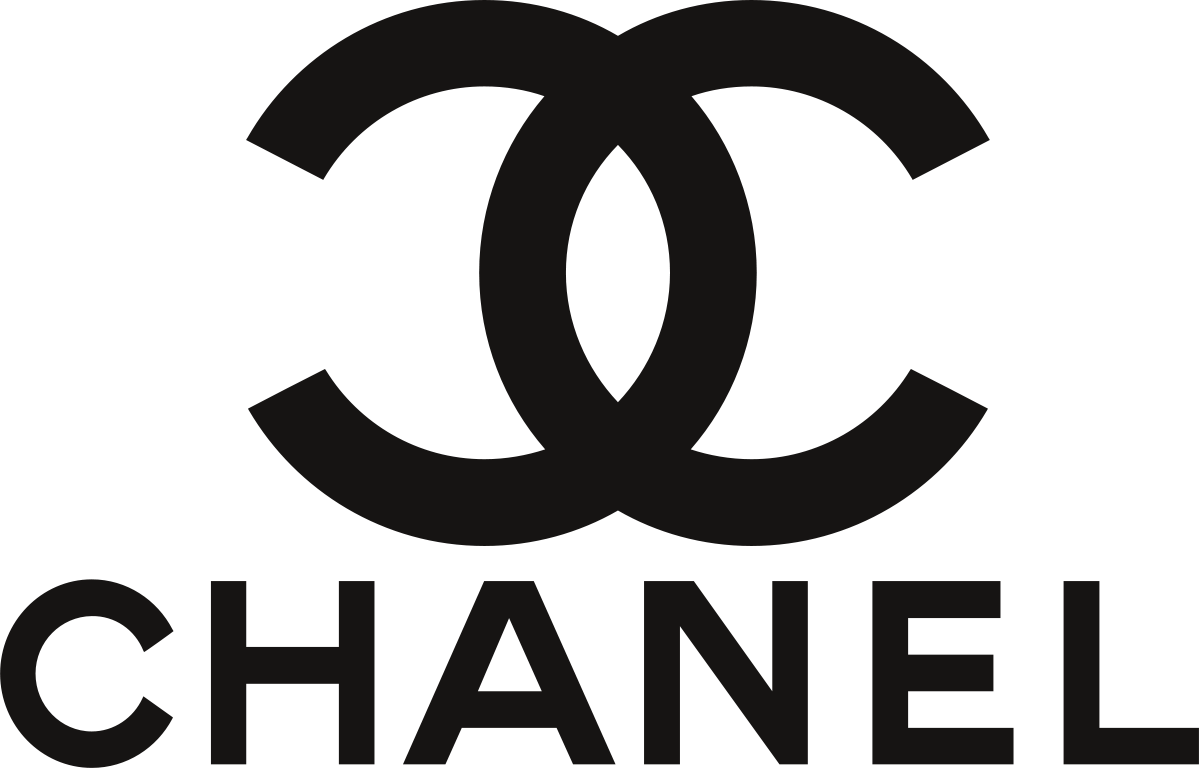 Chanel invests in Italy again: new joint for Gensi Group - 29/02/2024
Chanel invests in Italy again: new joint for Gensi Group - 29/02/2024
 Fashion: how Prada reinvents itself - 13/01/2024
Fashion: how Prada reinvents itself - 13/01/2024
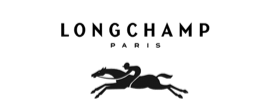 Massive recruitment at Longchamp - 28/06/2023
Massive recruitment at Longchamp - 28/06/2023
